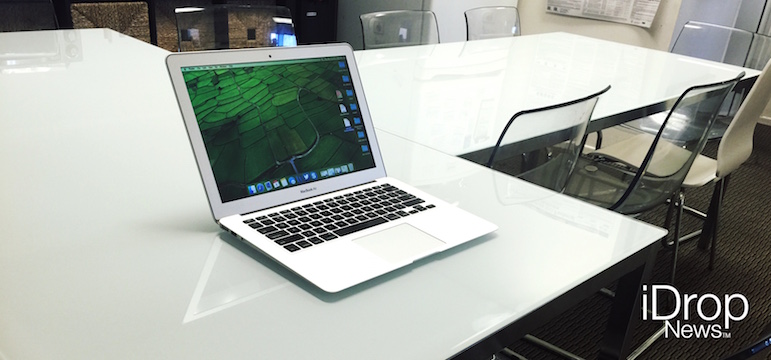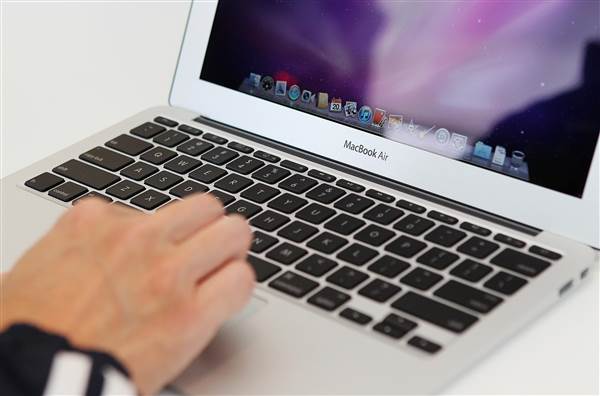Apple Computers Vulnerable To Hackers + Temporary Fix

Toggle Dark Mode
At one point, a major selling point of Apple computers was that the devices could not be affected by harmful viruses that plagued PCs. However, we all have come to understand that with great technology comes great risk, leading up to some major security flaws.
One such Apple security breach happened in iOS 8, when a user could bypass an iPhone’s passcode by simply accessing the alarm function on the quick menu located at the bottom of the screen. While this “bug” was fixed in the next update, it certainly gave everyone a bit of a scare. More recently, users found that an iPhone could be crashed simply by sending it a certain set of characters in text message format. And now, a gaping security flaw was discovered in some Apple computers.
If you have purchased a Mac computer a year ago or later, your computer is currently vulnerable in a way you would never think. First discovered by Pedro Vilaça, a curious independent computer security researcher in Portugal, a Mac awakened from Sleep mode allows direct access into the computer’s core system. This core system is known as BIOS, an acronym for basic input/output system. BIOS is often referred to as a computer’s microprocessor that manages basic computer functions. Any malicious access to it could be very troublesome.
Upon waking up, a hole is left in the Mac’s security, allowing code to be changed in an Apple computer’s UEFI (unified extensible firmware interface). This is where a hacker can plant malware that can go undetected and be entirely difficult to remove. It is also believed that a hacker can do this remotely, and doesn’t need physical access to the device in order to alter the code.
Currently, sources do not believe that this gaping hole in Mac devices will be accessed and used on a massive level. Rather, they believe that hackers will use it to target specific users like high-profile people and companies.
The only known way to protect against this security flaw is to change your computer settings and ensure that the device never enters sleep mode. Although the issue was reported to Apple, everyone is still waiting for a fix or comment from the tech giant. We can expect the security flaw to be addressed in OS X 10.11 released later this year.








